Alone. Injured. Dying: A Gripping Survival Story in the Sierra Nevada
At 13,568 feet, the view from the top of Mount Goddard, in California’s Sierra Nevada, was bleakly magnificent—jagged peaks, granite slopes, and cobalt-blue ponds, sprawling to the rim of a cloudless sky. Although patches of snow dappled the landscape, the sun was hot on Gregg Hein’s skin. The lanky 33-year-old took a deep breath, letting the pristine air flush the gunk of civilization from his brain.

Gregg Hein | almost dead
It was July 5, and flatlanders were flocking to barbecues and water parks. Hein was honoring the spirit of Independence Day by doing what he loved best: getting out into the mountains on his own.
He’d been making such solitary journeys for as long as he could remember. As a small boy, he would race ahead of his parents and younger sister on family hikes, clambering up any pinnacle he could find. As a teenager, in the central California suburb of Clovis, exploring the nearby Sierra Nevada became his obsession. Because few friends could match his pace and endurance, he usually went solo—and in college, his treks sometimes stretched to a week or more. Whenever he felt sad, frustrated, or unsure of his purpose, a long walk at high elevation was his medicine of choice.
Midway through senior year, Hein dropped out to pursue his passion for the outdoors. He worked as a wildland firefighter, rafting guide, and cave naturalist, migrating to Oregon, Alaska, Vermont, and Utah. He followed a girl to New Zealand. But he eventually regretted his lack of a degree, and in early 2014, he returned to complete his studies at Humboldt State University. Now he had something to celebrate besides the holiday: a newly minted bachelor’s in environmental sciences.

To mark the milestone, Hein had departed from his parents’ house on Thursday morning and driven three hours to a trailhead in the Sierra National Forest. He planned a five-day jaunt from Florence Lake to Mount Goddard and back—about 20 miles each way. Around noon that Saturday, he signed the summit register, noting with pleasure that he was only the third hiker to have done so this year. After snapping some photos, he began working his way down the north side of the peak. The steep terrain was covered with scree; Hein moved slowly to avoid setting off a rock slide. To steady himself, he braced his right hand against the slope, and a fist-size rock came loose in his hand.
Suddenly, a three-foot boulder, loosened by the displaced rock, was bouncing toward him. Before Hein could jump out of the way, the boulder smashed into his right calf, snapping his tibia and fibula and knocking him onto his back. He skidded onto a snowfield, his backpack acting as a sled. As he picked up speed, his right heel hit a bump; looking down, he saw bone jutting through the skin below his knee. Hein was careening toward a mound of exposed rocks, leaving a trail of blood behind him. He dug his left hand and left heel into the snow, stopping his slide in the nick of time.
Hein crawled onto the rock pile. Pain was beginning to pulse through his leg, but he tried to ignore it—along with his pounding heart—and assess his predicament. He was too badly injured to make it down the mountain. There was no cell phone reception in this isolated area. He’d told his parents he would be home on Monday; they would wait until Tuesday at the earliest to report him missing. No one was likely to find him before then. He would have to survive alone.
His first task was to get into warm clothing; that would ward off hypothermia when the weather cooled or if he went into shock. Hein pulled off his shorts and replaced them with polypropylene long johns and fleece pants. He donned three layers of long undershirts, topped by his button-down hiking shirt. He kept his right shoe off to reduce the stress on his shattered leg.
Hein was bleeding heavily, but he knew that using a tourniquet could mean losing the limb. He decided to wait until he had no other choice; meanwhile, he would focus on stabilizing the fracture. Using a pocketknife, he made a slit in the right leg of his long johns, then cut a wide strip off his mattress pad and wrapped it around the calf and shin. He took apart his collapsible trekking poles and used sections of the shafts as braces, binding them to the pad with his leather belt and nylon webbing.
Next, he needed a place to camp. Farther down the mountainside, at the bottom of another snow patch, was a broad, flat shelf of rocks where Hein could lie comfortably. He shouldered his pack and tried to scoot on his butt toward the snowfield, but the weight and bulk made it impossible to maneuver.
Hein had two days’ worth of food and water left, but he figured he could live without it. More important were items that could keep him snug and dry, alert rescuers, or be used as tools. He stowed his gloves and two fleece hats inside his pants and hung his headlamp around his neck. The backpack’s sternum strap held a built-in whistle; he cut it off and tied it to the button loop on his shirt. He slipped the knife and some cordage into his pocket, stuffed his rain poncho inside his bivy sack (a water-resistant sleeping-bag cover), and slung the bundle around his shoulders. Then he left the pack behind and crab-walked away.
His voice ricocheted off the surrounding slopes, echoing his cry like a mocking chorus.
The effort made him dizzy with pain, but this time he was able to reach the snow patch. Hein pushed off and slid 100 feet, stopping at the edge of the rocky shelf. It took ten minutes of agonized creeping to reach the top of the formation, where he found a level spot beside a large boulder. After clearing away some stones to make a berth for his leg, he settled in.
Surveying the treeless wilderness below him, Hein saw no sign of human life, but he gave a blast on his whistle and shouted, “Help!” His voice ricocheted off the surrounding slopes, echoing his cry like a mocking chorus.
Hein hollered and blew periodically for the rest of the day, shimmying his way into his bivy sack as the shadows lengthened. He monitored his physical condition, wiggling his foot to keep the circulation going and keeping watch for the light-headedness that could indicate excessive blood loss. Despite his vigilance, he dozed off more than once.
As darkness fell, Hein conjured up memories of the people he loved—his father, Doug; his mother, Randy; his sister, Kristen; his new girlfriend, Katrina—and wondered if he would see them again. Kristen’s birthday was coming up on Wednesday, and he hoped his death wouldn’t become an event she’d associate with that date. A wave of helplessness washed over him, but he angrily pushed it away, vowing to focus instead on his survival skills.
That night, temperatures fell into the 40s. Hein slept fitfully, awakened by a bout of shivering or a rock pressing into his leg. By Sunday morning, to his relief, the bleeding had almost stopped. He resumed yelling and blowing his whistle; during breaks, he dug himself a shallow nest, shielded from the wind by piles of stones.
Around midday, he smelled a sour, rotten odor wafting from beneath the splint. The edges of the wound were discolored and oozing pus. Infection could lead to gangrene—a threat to life as well as limb. Hein crab-walked to a small snow patch a few yards from his bivouac, each step bringing a jolt of pain. He scrubbed the dirt and dead tissue from his leg with snow, then packed more snow into the wound to flush out filth as it melted.
Back at the nest, Hein watched storm clouds drift across the sky from east to west, dropping virga—rain that evaporates before reaching the ground—over the valley. Suddenly, he heard what sounded like a faint whoop of joy from the same direction. Adrenaline pumping, he yelled, “Help! Help!” and tooted his whistle. After hollering for 20 minutes, however, he realized that the hiker was most likely miles away and that whatever acoustic quirk had carried the voice to him did not work in the opposite direction. He also realized that he was terribly thirsty.
Hein crawled to the snow patch, downed a few mouthfuls, and crawled back, burrowing into the bivy sack. Sometime after the clouds flared pink and faded to indigo, he fell into another restless sleep.
Monday morning, Hein awoke so parched that he could barely swallow. Soon afterward, he heard another distant voice. It was repeating three syllables. Straining to make out the words, Hein thought he heard, “Where are you?”
He sat up in his sack, blew his whistle, and shouted, “Help! Compound fracture! Canyon North Goddard!” The voice repeated its query. Hein answered again, and the cycle continued. Eventually, he realized that what he’d taken for a searcher was a bird, uttering its squawking call.
Hein stifled his disappointment and checked his wound. It looked bad again. He would have to clean it more often—but the prospect of dragging himself back and forth over the rocks filled him with dread. At the snow patch, he filled his poncho hood, then set the garment in the shade beside his nest. Now he could scrub his leg whenever he liked and drink meltwater when he grew thirsty.
Monday evening, as black clouds massed overhead, Hein found another use for the poncho. He stretched it across his nest and weighted the edges with rocks. Beneath it, he snuggled in his bivy sack, untouched by the rain that soaked the mountain.
Bythen, Doug Hein was feeling annoyed with his son. Gregg had been expected home hours earlier, and he hadn’t bothered calling to say he would be late. On Tuesday afternoon, when Doug returned from work and found his house still empty, he began to worry. But he still thought the young man might turn up soon. “I knew Gregg liked to extend his hiking trips sometimes,” the 64-year-old agricultural-products salesman explains. He also mistakenly believed (as many people do) that a search could not begin until the subject had been missing for two days. So he held off on calling anyone—including his wife, Randy, a high school principal who was at a conference in Las Vegas. He didn’t want to scare her without a good reason.
Tuesday night was cold on the mountainside. Gregg Hein could hardly sleep for shivering. Another problem kept him awake as well: He could no longer move his right foot. Some motion returned on Wednesday morning, but the leg was clearly deteriorating. Hein also felt himself growing dehydrated, despite the sips he’d taken from the poncho hood. He decided it was time to move.
A small lake lay a mile and a half down the slope; the nights would be warmer at that altitude, Hein reckoned, and there would be plenty to drink. To keep his leg from impeding his progress, Hein used his bivy sack as a sling for his knee; he stabilized his foot with webbing and cords. Then he set off over the boulders, crab-walking on three limbs.
A wave of helplessness washed over him, but he angrily pushed it away, vowing to focus instead on his survival skills.
Around the time Hein began his journey, his father phoned the Fresno County Sheriff’s Department. By afternoon, dozens of volunteers from the county search-and-rescue team were combing the wilderness from Florence Lake to Mount Goddard, along with National Park Service rangers and several aircraft. Finding a lone hiker in an area covering thousands of square miles, however, can take time.
Hein’s progress toward the lake was slow as well. Along the way, he caught and ate half a dozen moths, three water bugs, two crickets, and some ants—his first food in five days. About four hours after he’d started out, he reached the lake’s muddy shore. He took a long swig from an adjoining creek, gambling that its water would be less likely to contain intestinal parasites. And after building a new soft nest of grasses and wildflowers, he climbed into his sack.
On Wednesday evening, Doug finally called Randy, who tried in vain to find a flight out of Vegas; at 2 a.m., she leaped into a rented car and sped home, arriving six hours later. Meanwhile, by the lake, Hein allowed his thoughts to stray for the first time since his ordeal had begun. He lay there brooding about how little he’d accomplished in his life—no wife, no kids, no career—and fell into a grim dream about a man and woman living in solitude in cave-like homes. On Thursday morning, his leg was frozen stiffer than ever.
Shortly after unkinking it, Hein heard a strange buzzing sound. Looking up, he saw a helicopter in the distance and felt a rush of hope. He clambered onto a boulder, his leg blazing with pain, and waved the yellow bivy sack. But the chopper disappeared. As the hours wore on, and it passed four more times without pausing, he resigned himself to spending another night in the open.
Late that afternoon, Doug and Randy drove up to the sheriff’s department’s search-and-rescue command center, a trailer in the woods by Florence Lake. The couple arrived around 6:30 p.m., and a sergeant showed them maps of the next day’s planned search areas. Minutes later, another helicopter—this one from Yosemite—flew slowly over Hein’s campsite. He waved his sack and threw some rocks for good measure. This time, the pilot looked out the window and nodded.
The chopper touched down by the lake. Hein struggled to keep himself from weeping as three burly trail-crew men hoisted him into the cockpit. In the command center, 20 miles away, the sergeant’s cell phone rang; he turned to Doug and Randy and grinned. And by nightfall, Hein was lying in a hospital bed in Fresno, his family gathered around him.
Over the next few months, he faced multiple surgeries. But he kept the leg. He got messages and visits from forgotten acquaintances and complete strangers. He began to question his old ideas of independence and entertain new ones about its opposite.
“So many people searched for me,” says Hein, who recently applied to grad school to study environmental law. “There’s been such an overwhelming outpouring of support. I never felt connected before. This is what it took for me to finally feel at home.”
---
original article here
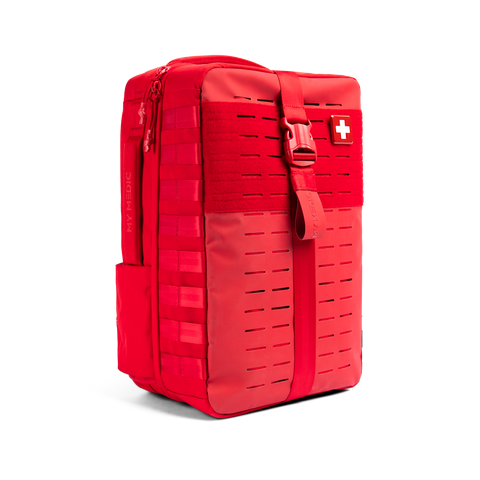 NEW ARRIVALS
NEW ARRIVALS
 BEST SELLERS
BEST SELLERS
 SUPERSKIN™
SUPERSKIN™
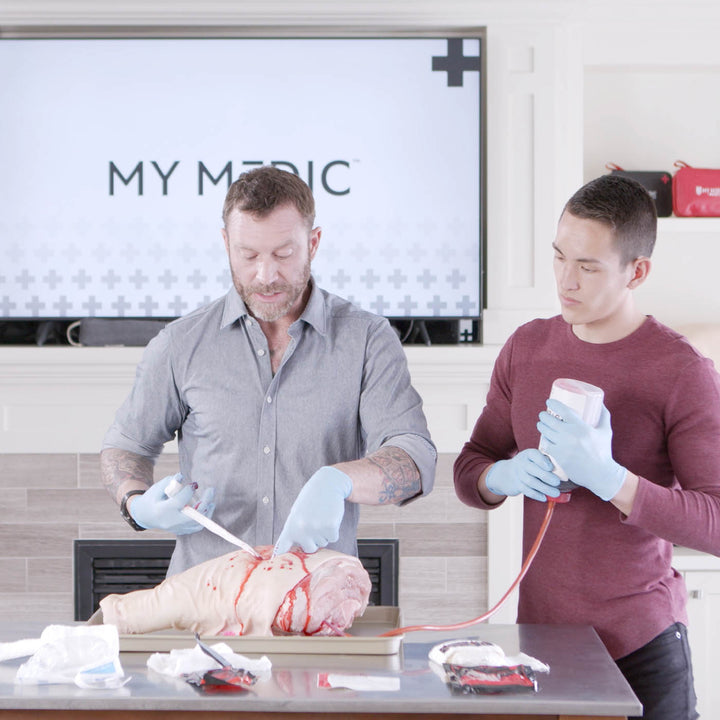 COURSES
COURSES
 REWARDS
REWARDS
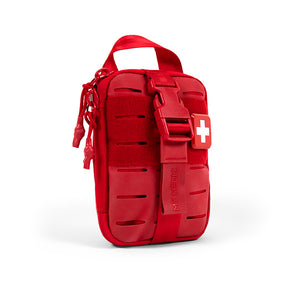 The MyFAK Collection
The MyFAK Collection
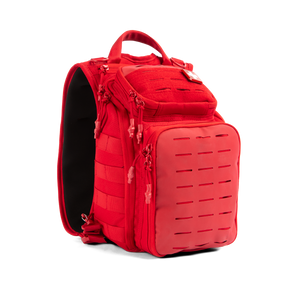 Specialty
Specialty
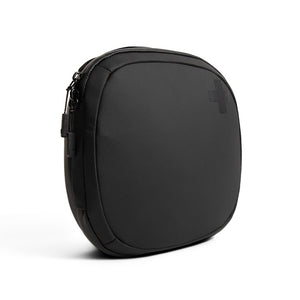 The Ready Collection
The Ready Collection
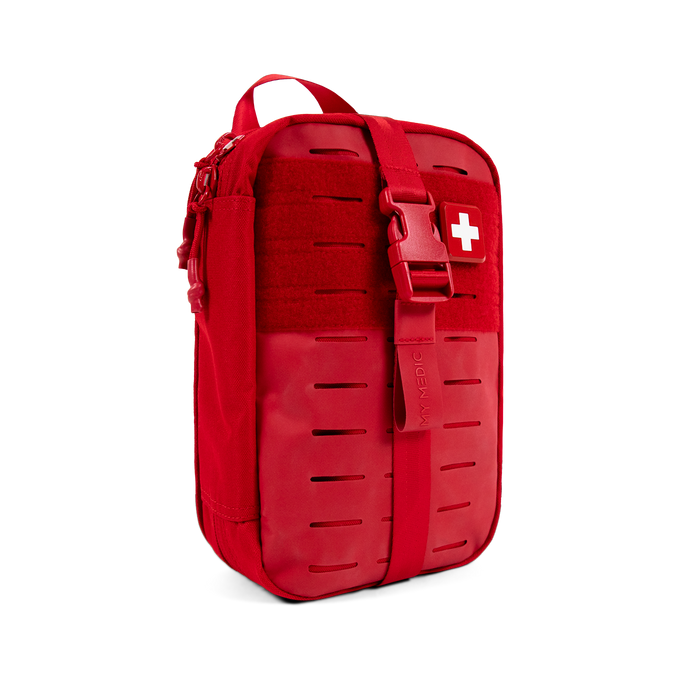
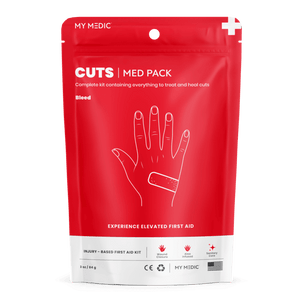 BLEED
BLEED
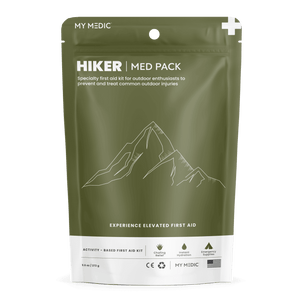 OUTDOOR
OUTDOOR
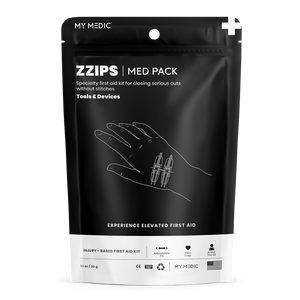 TOOLS & DEVICES
TOOLS & DEVICES
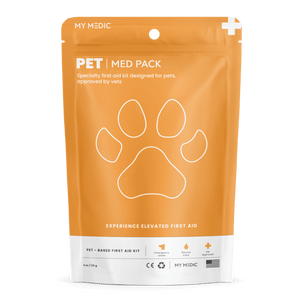 SPECIALTY
SPECIALTY
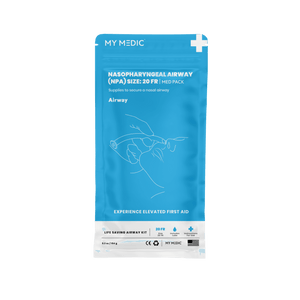 AIRWAY
AIRWAY
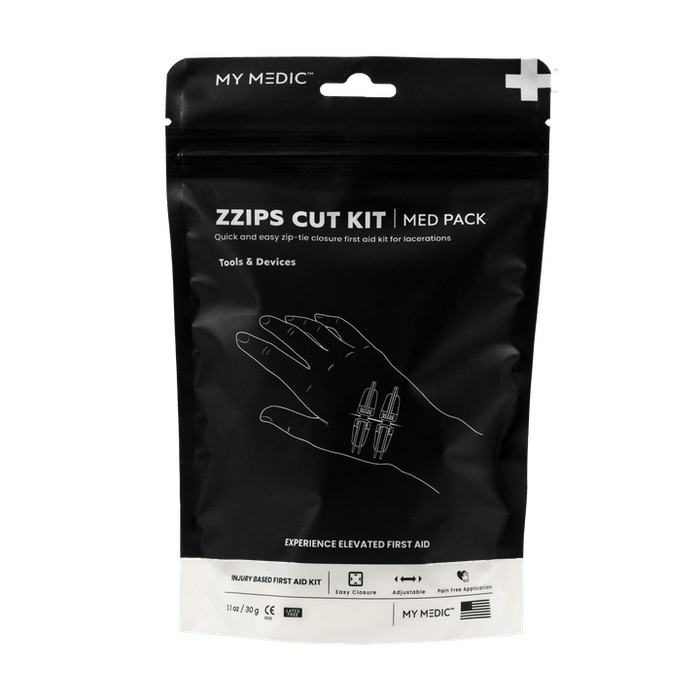
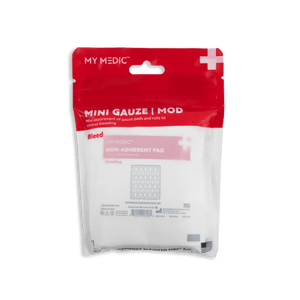 BLEED
BLEED
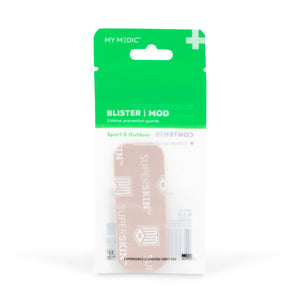 OUTDOOR
OUTDOOR
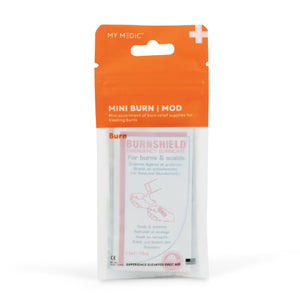 BURN
BURN
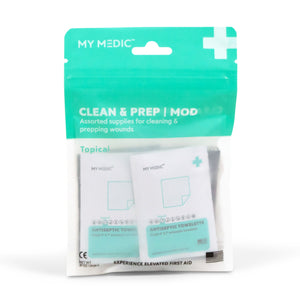 TOPICAL
TOPICAL
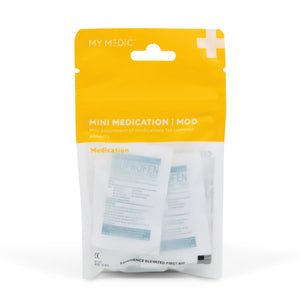 MEDICATION
MEDICATION
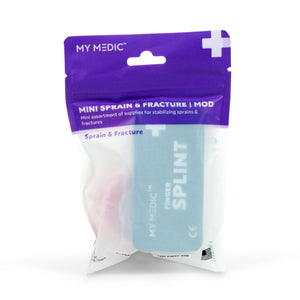 SPRAIN & FRACTURE
SPRAIN & FRACTURE
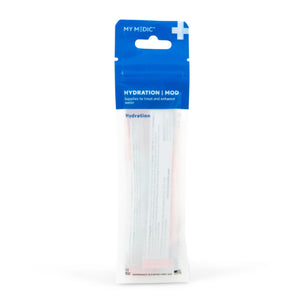 HYDRATION
HYDRATION
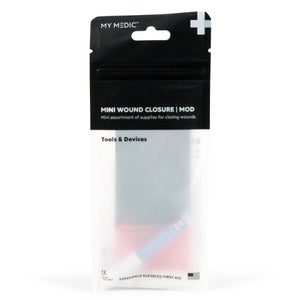 TOOLS & DEVICES
TOOLS & DEVICES
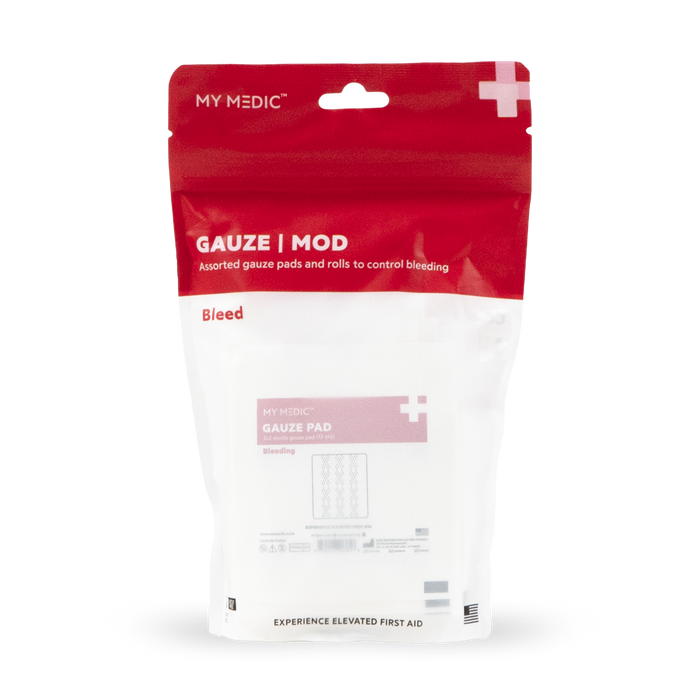
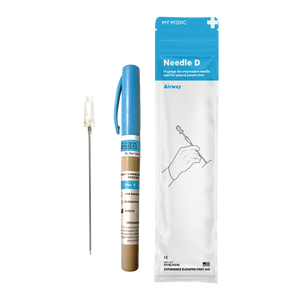 Supply Categories
Supply Categories
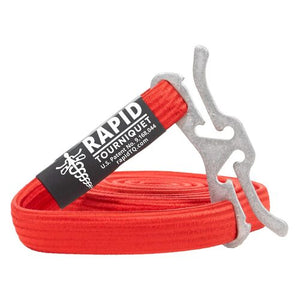 Top Sellers
Top Sellers
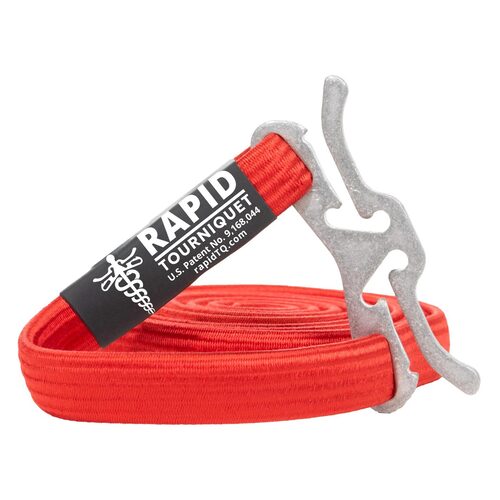





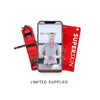
Leave a comment